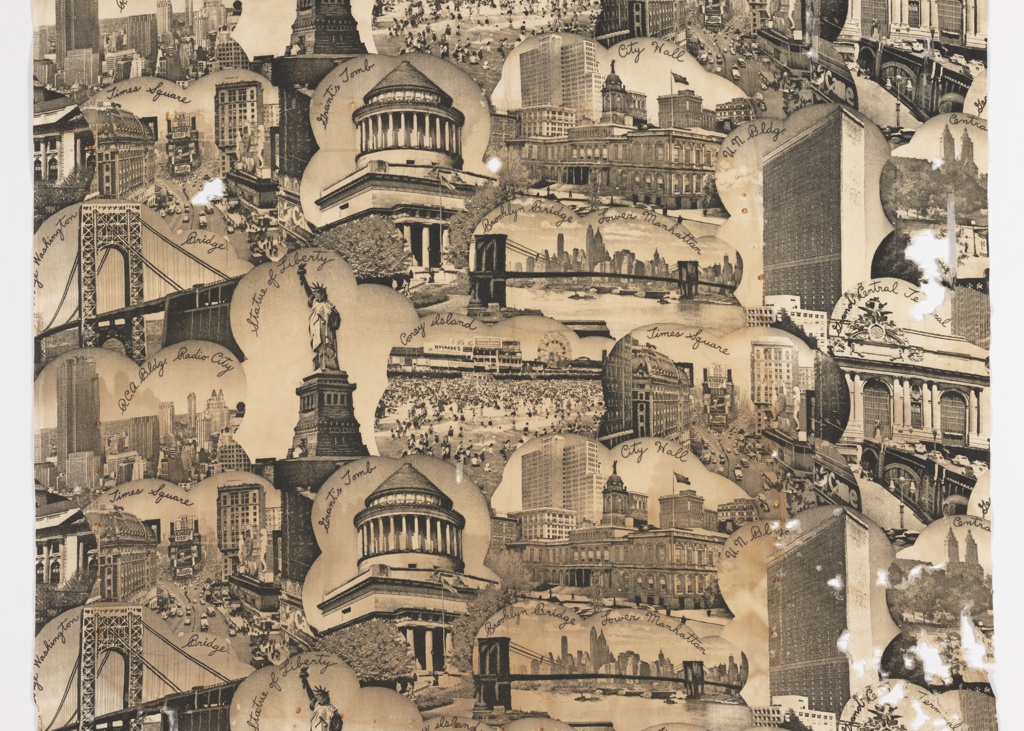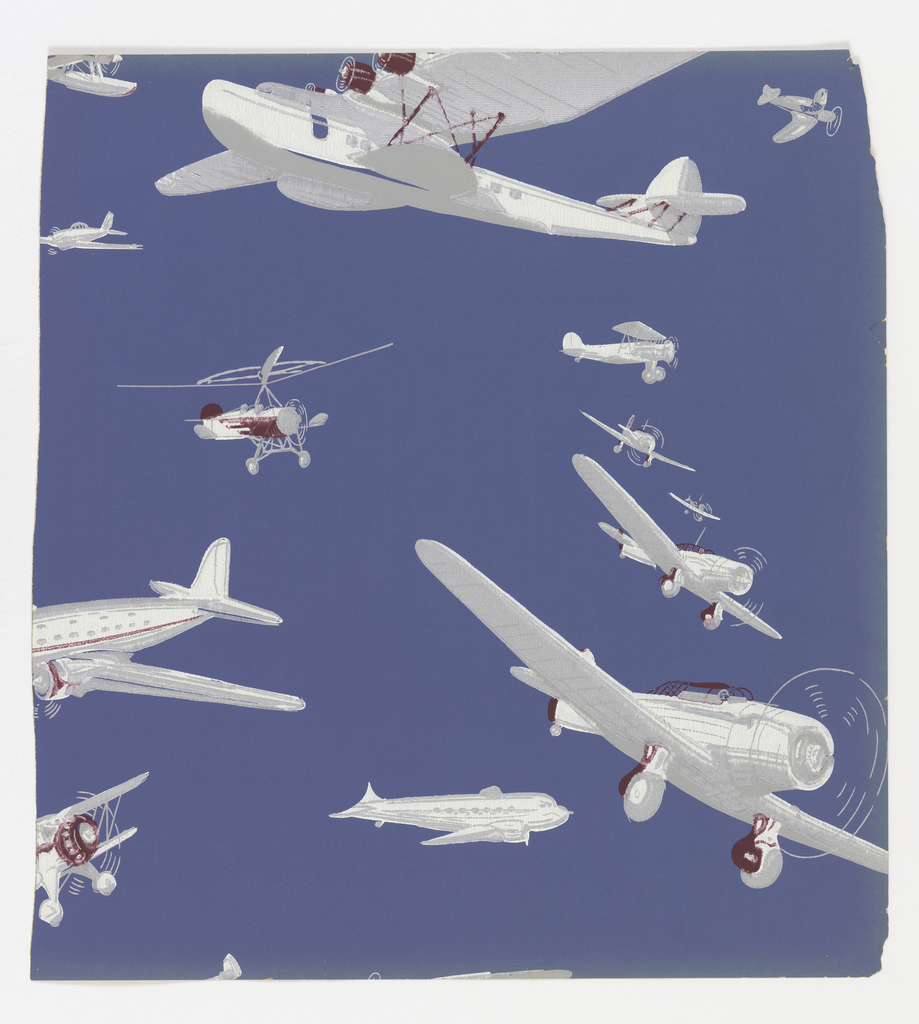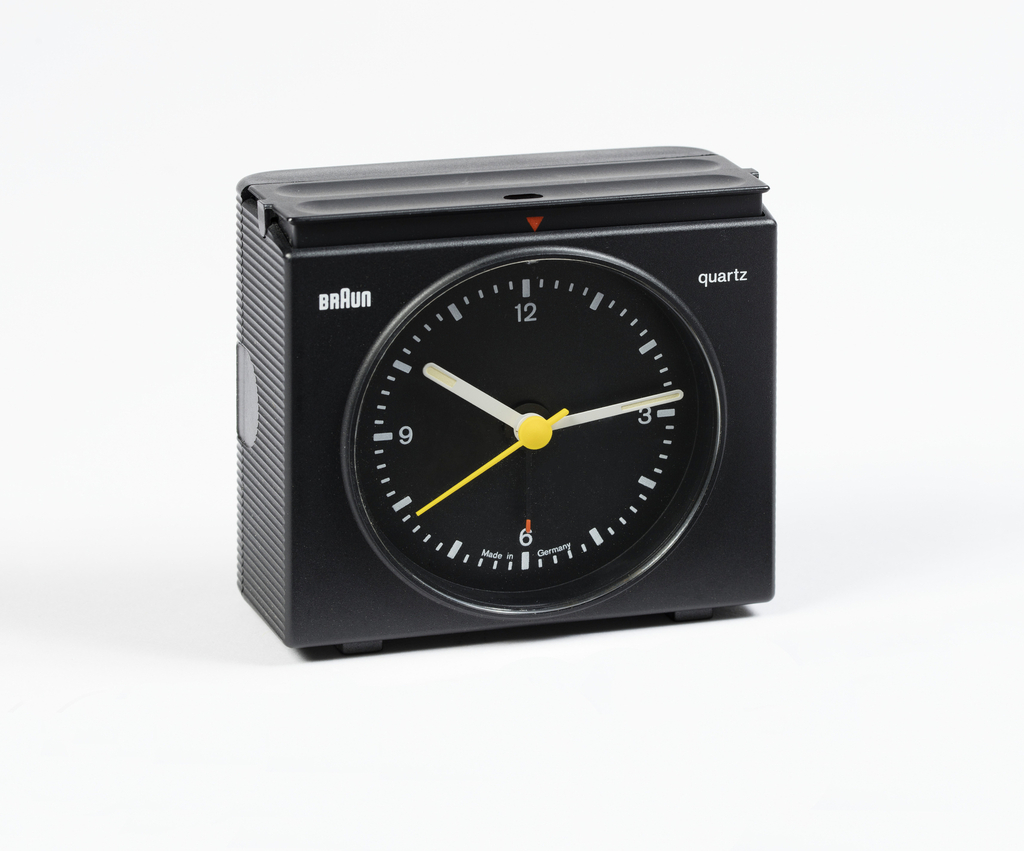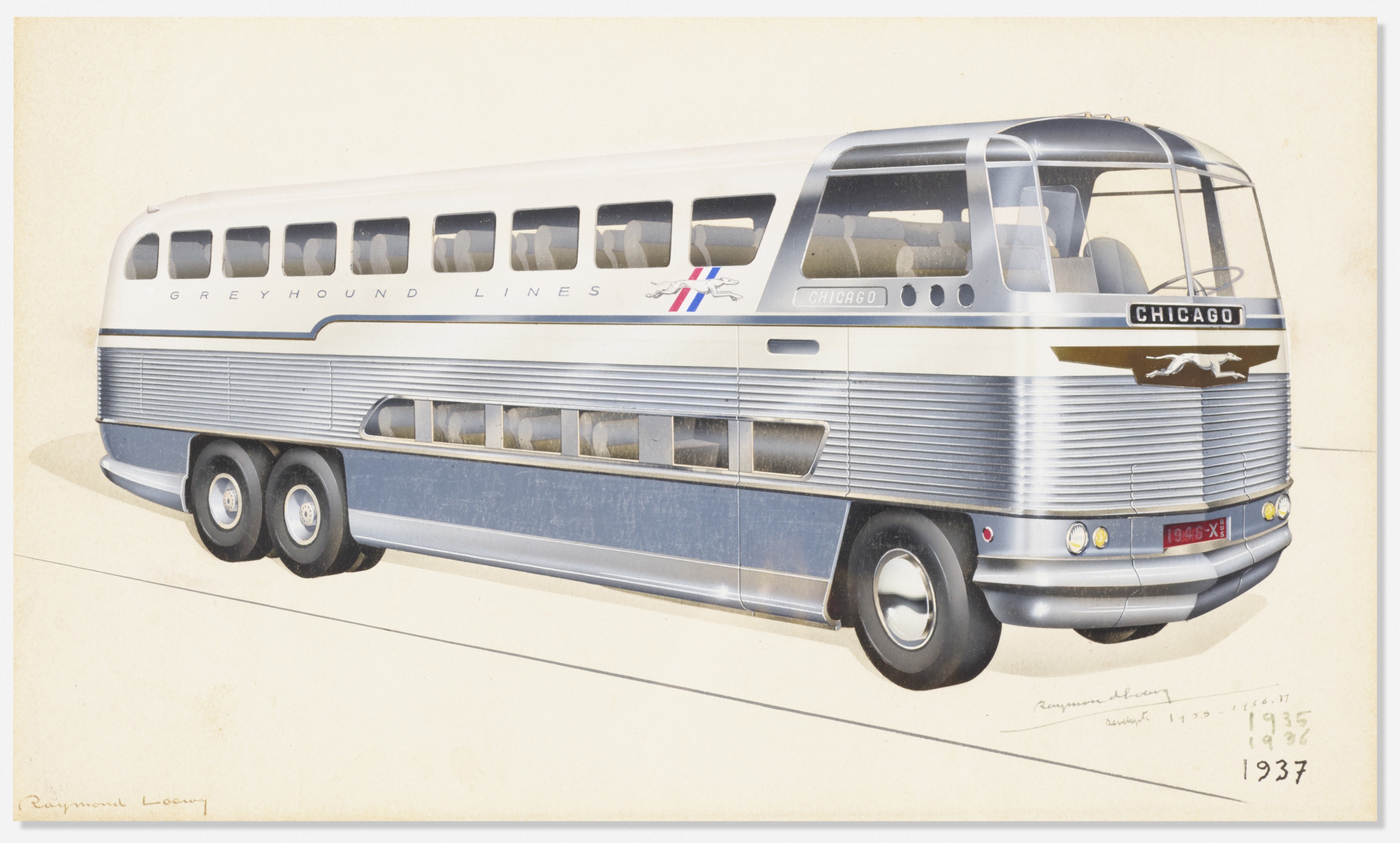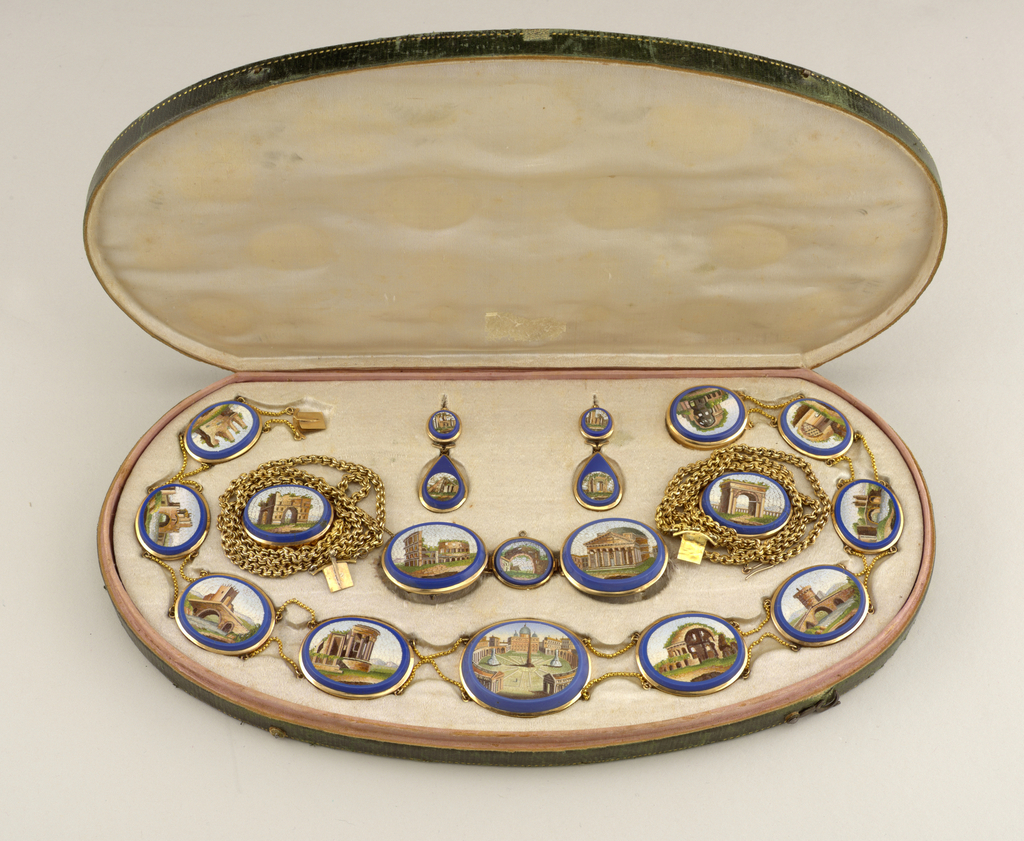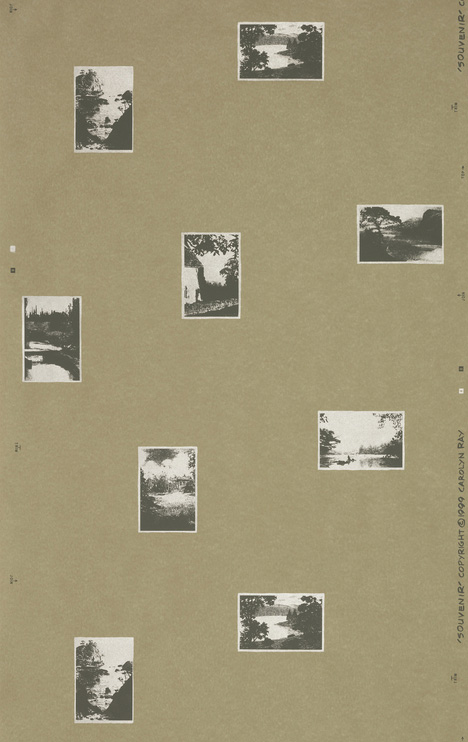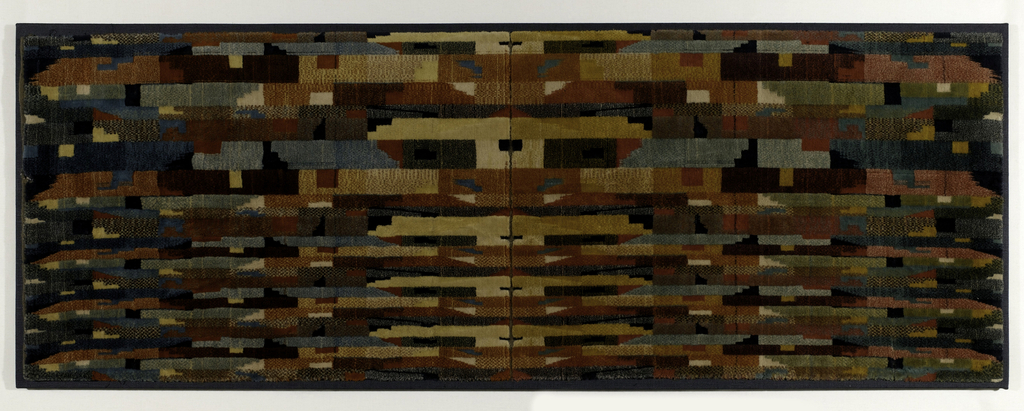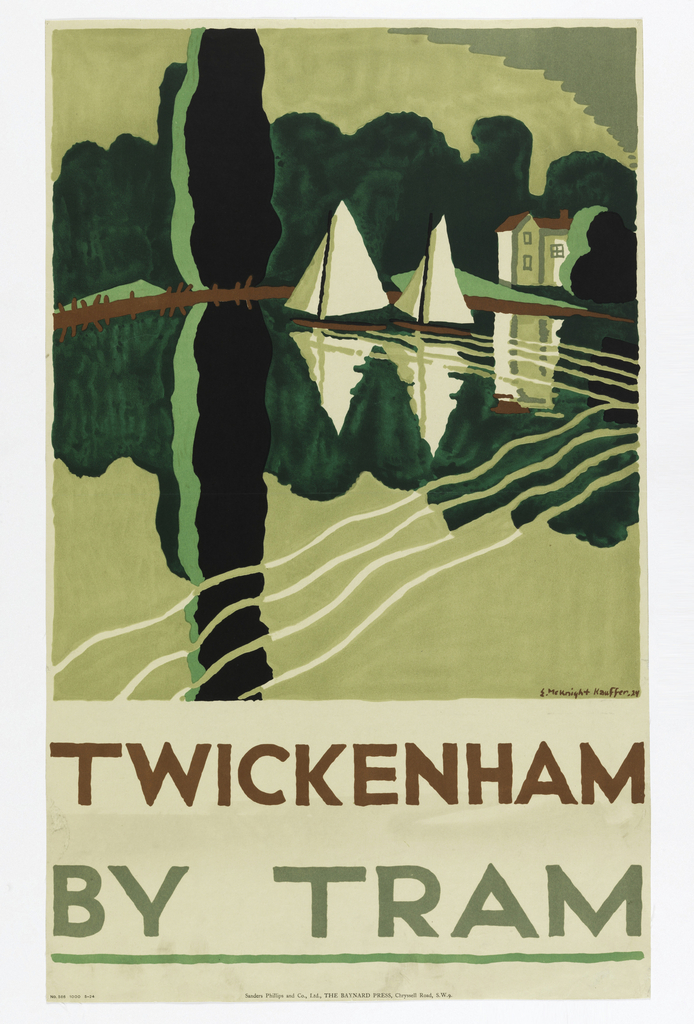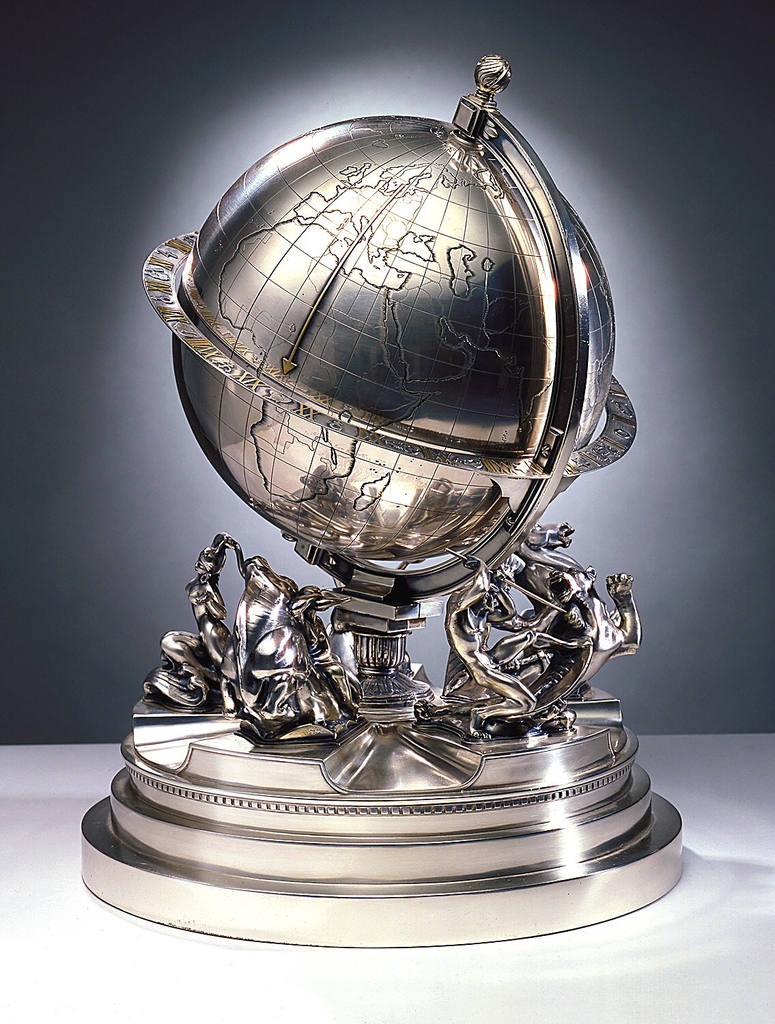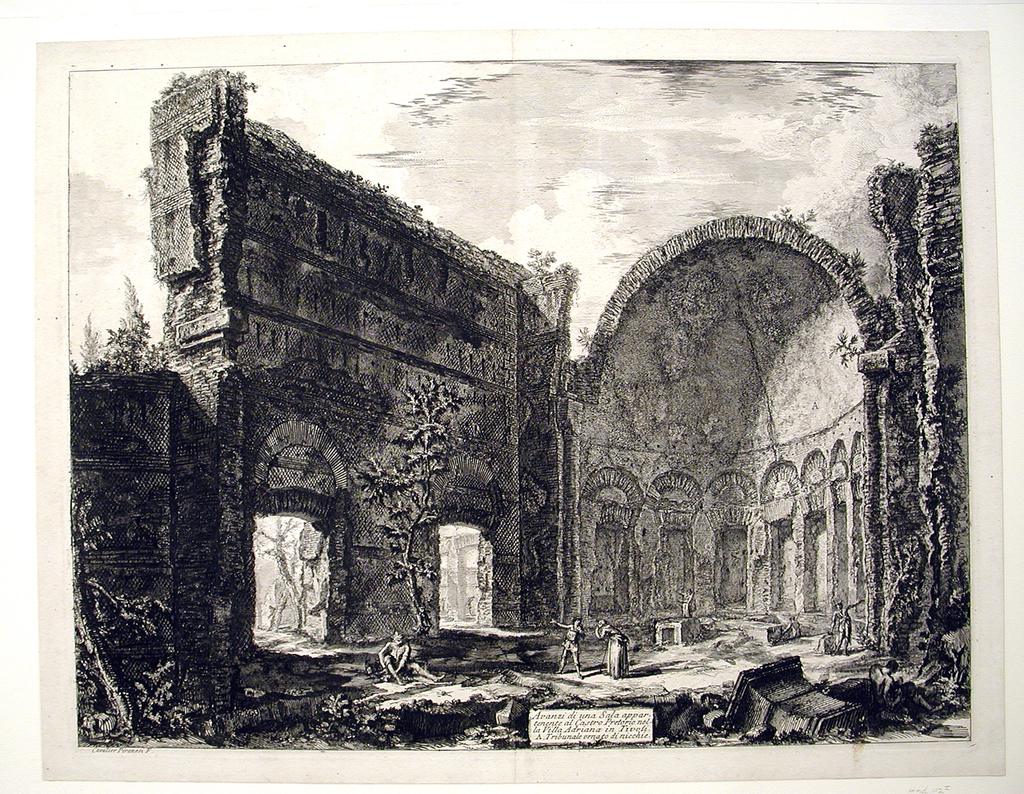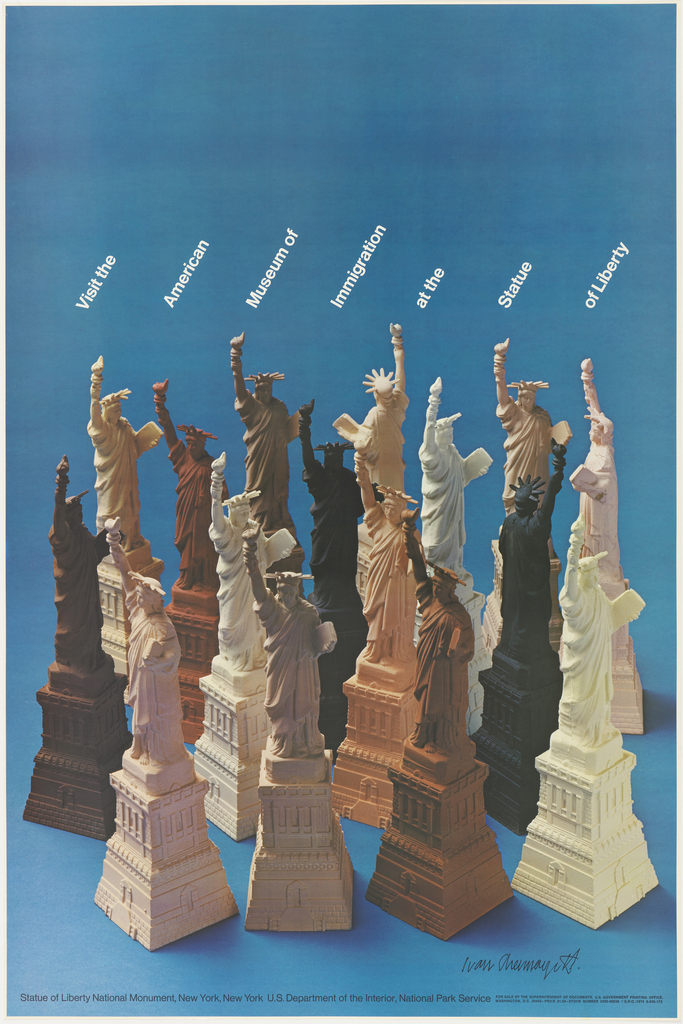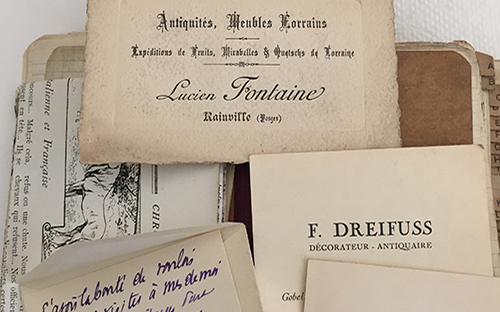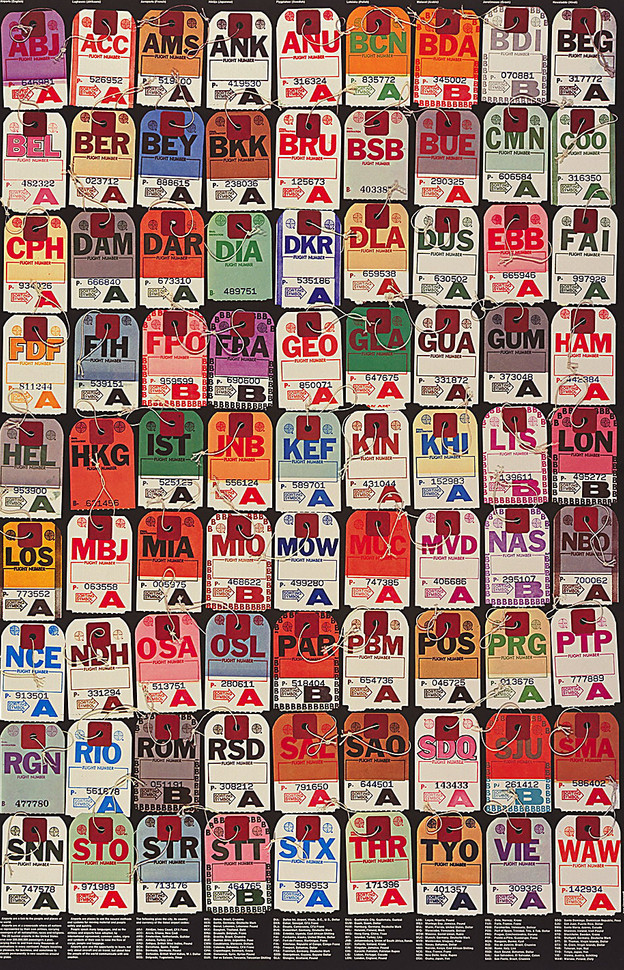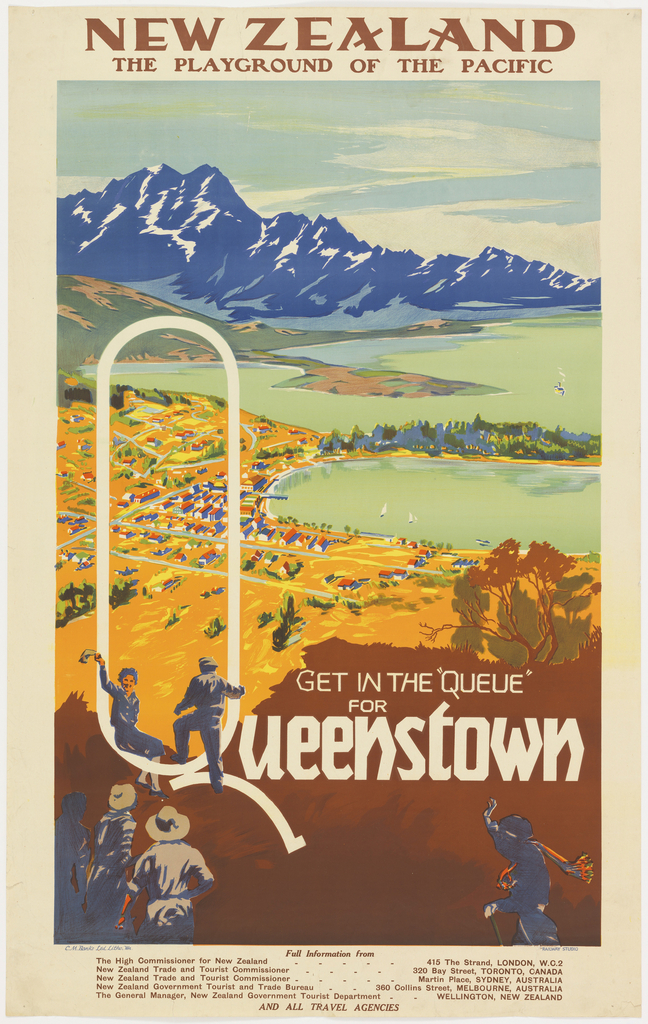Author: Leigh Wishner In celebration of the third annual New York Textile Month, members of the Textile Society of America will author Object of the Day for the month of September. A non-profit professional organization of scholars, educators, and artists in the field of textiles, TSA provides an international forum for the exchange and dissemination...
Thought it was time to write about another children’s wallpaper. This is a post-war wallpaper, probably one of the first to be produced following the moratorium on new designs during the war. It took manufacturers about a year to get up to speed and introduce their first collections. This design shows a variety of different...
Dieter Rams, the co-designer of this alarm clock, said that good design should “omit the unimportant in order to emphasize the important.” This travel alarm clock embodies his philosophy and design aesthetic—one which became iconic for Braun in the 1970s. The clock features an economic use of color and Akzidenz Grotesk, an easy-to-read sans serif...
On July 9, 1947, Look magazine ran a feature article on the fastest growing form of transportation in America: intercity buses. “Bus travel, according to the sworn word of many highway fans,” the author wrote, “is the best way to make a sightseeing holiday trip.”[1] The post-war boom in bus travel was indebted, in part,...
This jewelry parure, or suite, is indicative of a custom that was unique to its time and class. The Grand Tour was a traditional trip taken by upper class young men and women, with the goal of exposing them to the artistic riches of France and Italy, thereby completing their education. These long sojourns became...
With the July 4th weekend upon us, the first thing that comes to mind is travel, and fireworks! Heading out to the beach, taking a road trip, finding a nice quiet place to relax. I felt the Souvenir wallpaper was a perfect way to explore this idea. Consisting of a series of snapshots, almost post...
This modernist velour furnishing fabric designed in 1934 was produced in an area of northern France where weaving centers like Lille, Roubaix, and Tourcoing manufactured fabrics for use on airplanes, trains, and boats. During this era, escalating industrialization facilitated mass transportation, which led to an increased emphasis on travel. This cultural shift not only introduced...
London Transport posters played an indispensable role in the field of graphic design, particularly in the 1920s and 30s. In 1908, Frank Pick assumed responsibility for London Transport’s publicity and commissioned designs from internationally known artists as well as promising newcomers. Among them, a talented American poster artist and graphic designer, Edward McKnight Kauffer (1890-1954), helped...
This table clock, designed by Swedish goldsmith, Baron Erik Fleming, truly captures the spirit and wonder of travel in its depiction of a globe. Spinning on its axis hour by hour, this clock lets the viewer explore the many vast places in the world, from the massive continents of the Americas, to the tiny islands...
In 1767 the French writer and critic, Denis Diderot expounded the ”poetics of ruins” writing, “a palace must be in ruins to evoke any interest.”[1] Diderot’s comments were directed toward paintings by the French artist Hubert Robert that often featured real and fantastical Italianate ruins. Such vogue for ruin paintings were inspired by sites frequented...
Liberty and immigration: here are values so intimately tied with the history of the United States and New York in particular, that they seem to permeate one another. The year 1974 was a strenuous one for the US. The recent end of the Vietnam War left open wounds still seething in the minds of millions,...
Meet the Hewitts: Part 12 sent you digging in the Ringwood gardens. This snippet follows Sarah and Eleanor through their lifetime of travel. Margery Masinter, Trustee, Cooper Hewitt, Smithsonian Design Museum Sue Shutte, Historian at Ringwood Manor THE SISTERS’ TRAVELS Sarah and Eleanor accompanied their parents—Abram and Sarah Amelia—on yearly voyages to Europe throughout their...
Ivan Chermayeff’s famous poster uses a system of found typography to represent the gathering of design professionals at the International Design Conference at Aspen. Chermayeff uses luggage tags to represent the array of countries from which the attendees hail. Ellen Lupton is Senior Curator of Contemporary Design at Cooper Hewitt, Smithsonian Design Museum and Director of the...
We can feel an image in our bones and muscles. We can also touch it with our skin (almost). The knitted wool glove in Herbert Matter’s Engelberg, Trübsee, Switzerland (1935) is so real we can almost sense it against our skin. Designers speak of “texture” as a basic design element, and yet this quality often...
In recent decades, New Zealand and Middle-Earth have become almost inseparable in the popular imagination as Peter Jackson’s The Lord of the Rings and The Hobbit movie trilogies, based on J.R.R. Tolkien’s epic novels, have put the isolated country on the world stage. But while the stories of Middle-Earth may be fantasy, the landscapes certainly...
